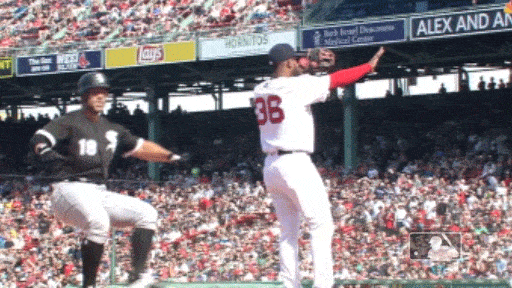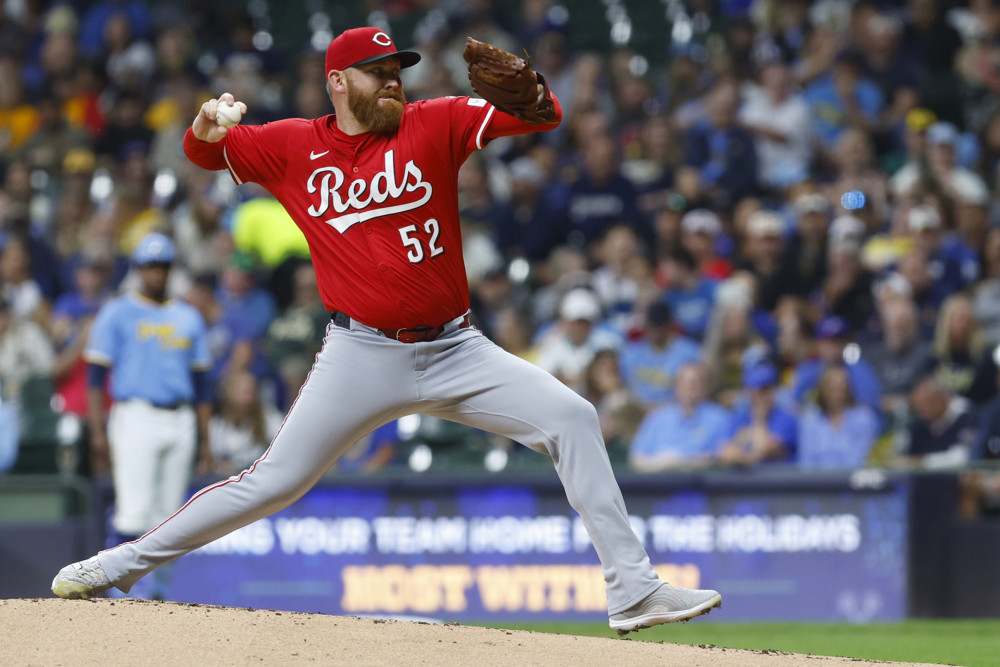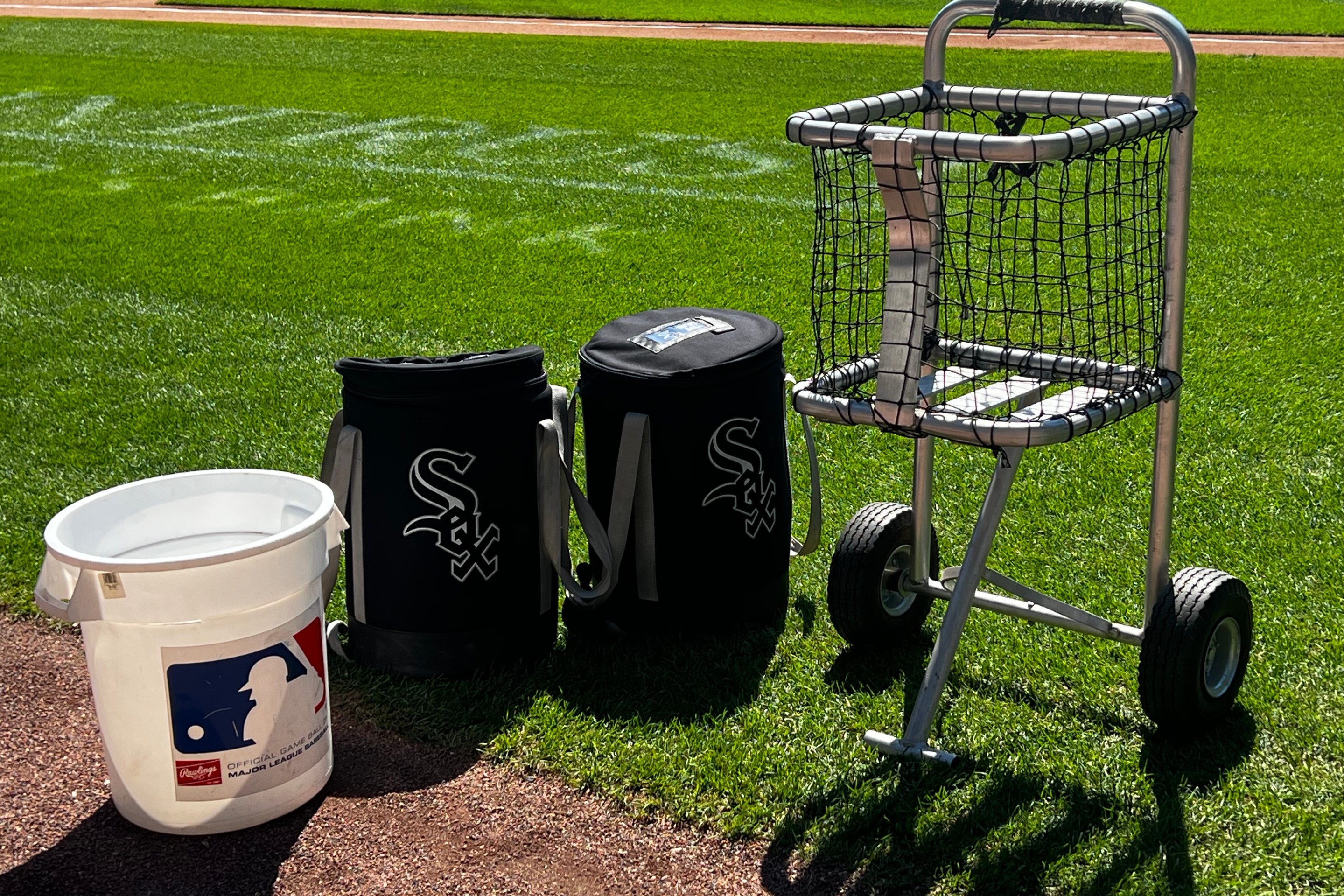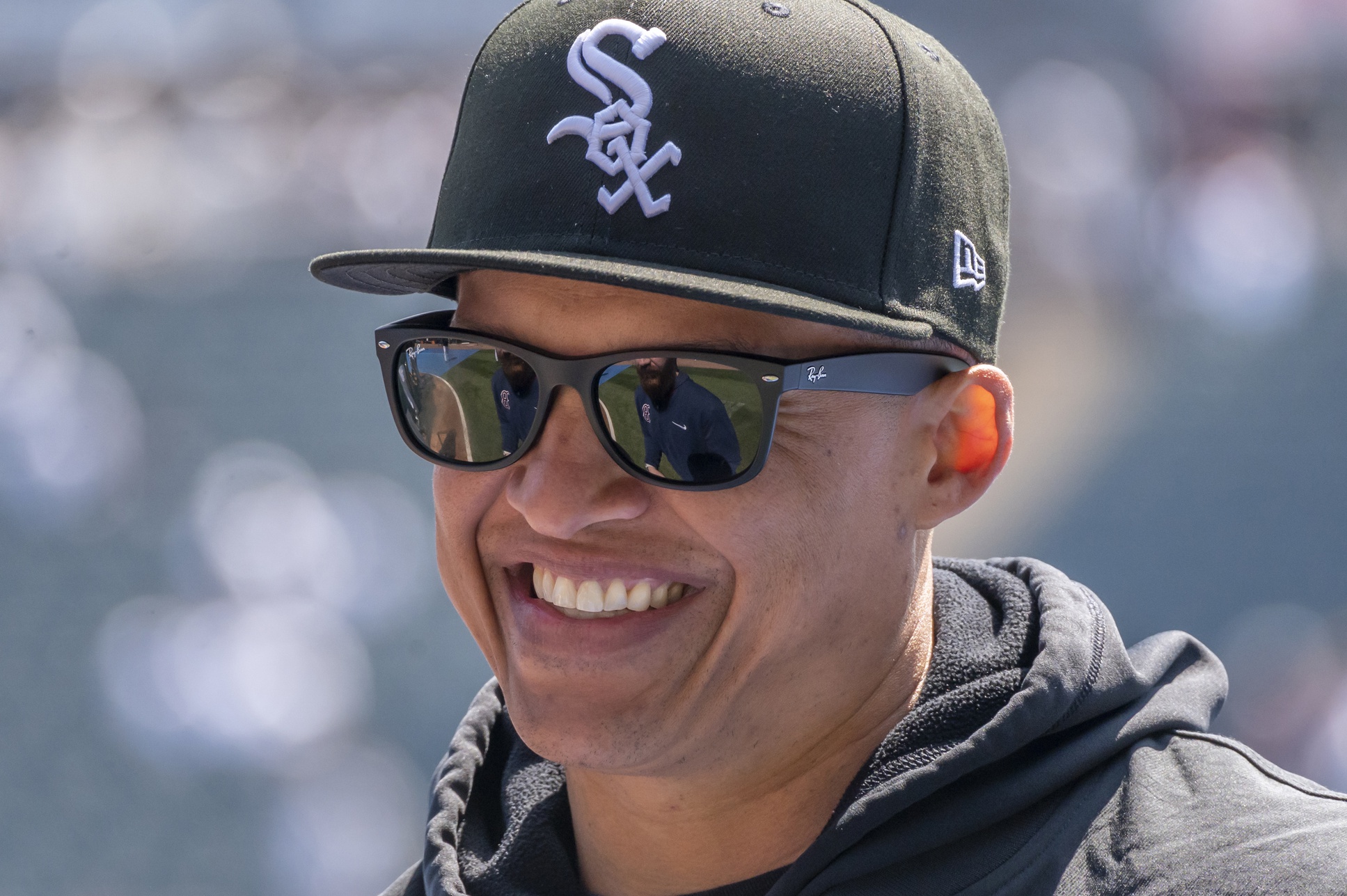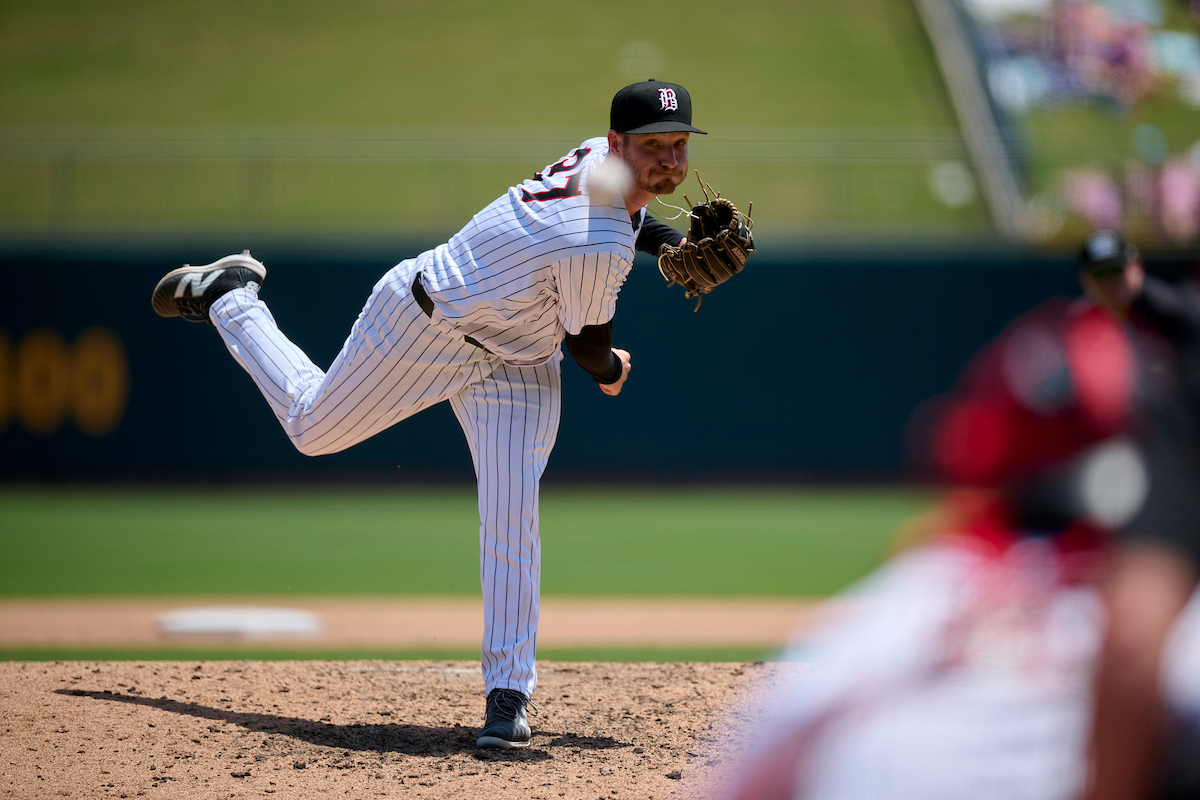Each year, I look up the clutchest performances from White Sox hitters during the season using the stat Win Probability Added (which measures how much a player's plate appearances did to swing the outcome during a game.)
This time, I started by inadvertently sorting players by cumulative WPA, rather than individual performances. As you might expect, Daniel Palka owns the list by a wide margin:
- Daniel Palka, 1.590
- Jose Abreu, .819
- Yoan Moncada, .304
- Kevan Smith, .186
- Leury Garcia, .129
Those are the only five somewhat regular contributors to finish with a positive WPA. There are three more, and they are a veritable Who's Who of Ted's Most Recent Saturday Sporcle -- Dustin Garneau, Matt Skole and Alfredo Gonzalez. The rest of the roster finished below zero, which is to be expected during a season with 100 losses. Wins were seldom probable.
Seeing the list that way made me realize I didn't have a good grip on what a good cumulative season-ending WPA total would be. Palka's season is fine, but it doesn't really register in White Sox history. Palka posted the 166th-highest cumulative WPA for a single season, finishing one spot behind Paul Konerko's 2007.
Konerko's 2007 was the start of his first decline, as he hit .259/.351/.490 as a 31-year-old for a 90-loss team. It doesn't feel like an underwhelming Konerko season should place ahead of Palka's highly memorable one, but it points to the disadvantages Palka inherently faces with his approach. Palka struck out twice as often as Konerko (34 percent to 16 percent), and Konerko's OBP was nearly 60 points higher.
Basically, if you go 1-for-5 with a go-ahead homer in the ninth inning, you'll finish with a positive WPA. If you go 1-for-4 with a walk and a homer, you may finish with a higher one, because you didn't hurt the team so much earlier. Palka's style mean he usually ran a deficit in this department before coming through, at least when he started. (Being 5-for-16 with four homers and three walks as a pinch hitter helped his cause.)
In terms of sustainability, the key to good WPAs is keeping the line moving, which Palka didn't have in his bag. And if you can keep the line moving while driving in runs in close games, you get seasons like:
- Dick Allen, 7.258 (1972)
- Frank Thomas, 7.206 (1997)
- Thomas, 6.483 (1992)
- Carlos May, 6.364 (1972)
- Thomas, 6.264 (1993)
May's 1972 is a real stunner, but he posted a .405 OBP while batting behind Allen, which helps. It's safe to say Palka didn't have that kind of talent in front of him.
* * * * * * * * *
Anyway, writing all this feels like an unnecessary undercutting of one of the few enjoyable things about this cursed season, doesn't it?
Kinda! But scanning the seasons ahead of and around him, here's where Palka deserves credit: There isn't a single season among the top 200 that looks like his, at least in the rate stats department. Few averages as low as .240, no OBPs as low as .294, no strikeout rates even challenging his.
So I decided to re-run the list to see which players contributed the most to winning causes with sub-.300 OBPs. Filter the leaderboard to limit it only to players who had regular playing time, and now you'll see why Palka's season stood out:
- Palka, 1.590 (2017)
- Dayan Viciedo, .739 (2014)
- Roy Schalk, .529 (1945)
- Don Kolloway, .463 (1946)
- Timo Perez, .408 (2004)
In this territory, it's Palka by nearly double the runner-up, followed by a bunch of small samples (Leury Garcia finished in between Kolloway and Perez for his 17 plate appearances in 2015).
Even if you incorporate the rest of the league, Palka's season finishes in the top 20 all-time, and some of the names ahead of him are flattering. Pre-prime Andre Dawson and Khris Davis are probably a reach, but a Glenallen Hill-type career seems within the realm of possibilities.
Otherwise, if you want to find the other high-ISO, low-OBP sluggers, you'll have to look in the red. Avisail Garcia's 2018 WPA (-.624) is much more typical of this approach, because there are just too many outs to overcome.
* * * * * * * * *
Timo Perez is there as a cautionary tale, as dissimilar as he may be. Back in 2004, Perez had a superficially ugly season, batting .246/.285/.338 over 321 plate appearances. Most of that playing time came after Magglio Ordonez's knee exploded in the collision with Willie Harris.
Perez managed to stand out because he was a lot more watchable than Joe Borchard, especially in the clutch. He hit .397 with runners in scoring position, and even better with two outs (.412). The White Sox went 40-30 in games he started for a team that finished only six games over .500. He helped a disappointing season feel a little bit better, even if a better non-Ordonez alternative than Borchard would've restored proper order.
Perez then returned as the fourth outfielder when an upgrade might've been warranted, and hit .218/.266/.296 with far fewer heroics. He was the weakest link on the 2005 team. Fortunately, a healthier outfield prevented Perez from getting too involved, and his biggest contribution might've been the rally panties.
Given the differences in their games, Perez might not be the first comp that comes to mind when bringing up Palka, but the question is similar:
What do you have when you don't have magic?
For Palka, he has immense power, and a chance of harnessing it more effectively. It's worth giving him an offseason to see if he can incorporate what he learned from his first MLB season, because the Sox will likely have plate appearances available in some form or another.
Should the conversation turn to blocking him sooner than imagined, it's worth considering the likelihood that he spends the next several seasons trying to tip-toe around these fatal flaws, then adjust accordingly. The nice thing is that while we should filter out the emotional component for decisions that lay ahead, we don't have to do it looking backward. Palka's clutch powers -- and clutch power -- might've been a one-time fluke, but he pulled it off just the same. WPA is a dumb stat but a fun one, and Palka had a fun season during a dumb one.
* * * * * * * * *
Palka didn't finish with the clutchest game of the year, though. That'd be Matt Davidson's two-homer game at Kauffman Stadium on April 27. The second one put the Sox ahead by 2 in the 11th inning, which boosted the Sox' win probability from 50 percent to 92 percent with one swing of the bat.
But Palka was all over the top 10 otherwise, including the game where he came off the bench and drew a game-tying bases-loaded walk with two outs in the ninth inning at Target Field on June 28.
The list:
- Davidson, .418, April 27
- Palka, .387, Aug. 5
- Palka, .387, June 28
- Trayce Thompson, .376, May 3
- Palka, .375, June 3
- Tim Anderson, .368, May 26
- Yoan Moncada, .363, June 24
- Nicky Delmonico, .362, April 9
- Palka, .357, July 28
- Ryan LaMarre, .355, Aug. 29
